Works - Exhibitions - Workshops / Talks - Read / Hear - Shop - About - Bio / CV
Climate Archive (2019)
What if ice that has been frozen for hundreds of thousands
of years could be used to predict the future of our climate?
![]()
Ice cores, Antarctica
Approx. 20,000 years old
For a better understanding of climate, this project employs ice cores—tubular samples of ice—from Antarctica and Greenland as a tool for plainly observing climate change.
By exploring how tangible objects, such as ice cores, serve to improve our understanding of unobservable concepts such as global warming, these objects not only become tools for scientific research, they become tools of wonder and enlightenment.
Since 1930, scientists have been drilling up ice cores looking for clues about the climate. As new snowfall accumulates every year, pressure caused by the weight of the snow creates layers of ice. Over time, tiny air bubbles form and become trapped within. When the ice cores are removed, the air bubbles within the various layers contain the same composition as when they froze—including greenhouse gasses.
Studying this air, scientists observe the history of climate change from ice ages to interglacial periods as far back as 800,000 years, contemplating not only the climate’s past, but setting out to predict its uncertain future.
This project was done in collaboration with climate scientist Peter Kuipers Munneke.

Ice cores, Antarctica
Approx. 20,000 years old
For a better understanding of climate, this project employs ice cores—tubular samples of ice—from Antarctica and Greenland as a tool for plainly observing climate change.
By exploring how tangible objects, such as ice cores, serve to improve our understanding of unobservable concepts such as global warming, these objects not only become tools for scientific research, they become tools of wonder and enlightenment.
Since 1930, scientists have been drilling up ice cores looking for clues about the climate. As new snowfall accumulates every year, pressure caused by the weight of the snow creates layers of ice. Over time, tiny air bubbles form and become trapped within. When the ice cores are removed, the air bubbles within the various layers contain the same composition as when they froze—including greenhouse gasses.
Studying this air, scientists observe the history of climate change from ice ages to interglacial periods as far back as 800,000 years, contemplating not only the climate’s past, but setting out to predict its uncertain future.
This project was done in collaboration with climate scientist Peter Kuipers Munneke.

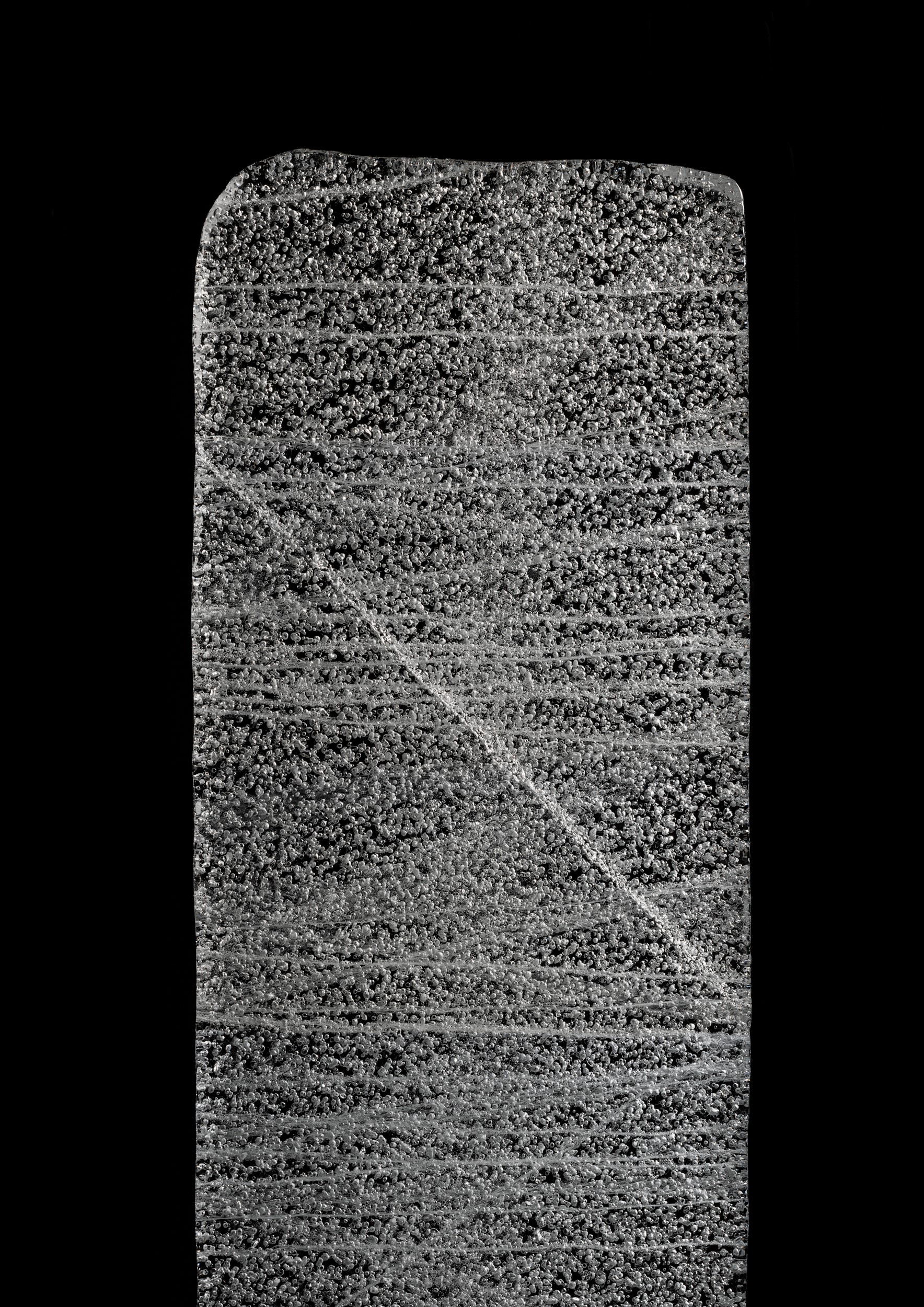
Approx. 20,000 years old


Approx. 20,000 years old
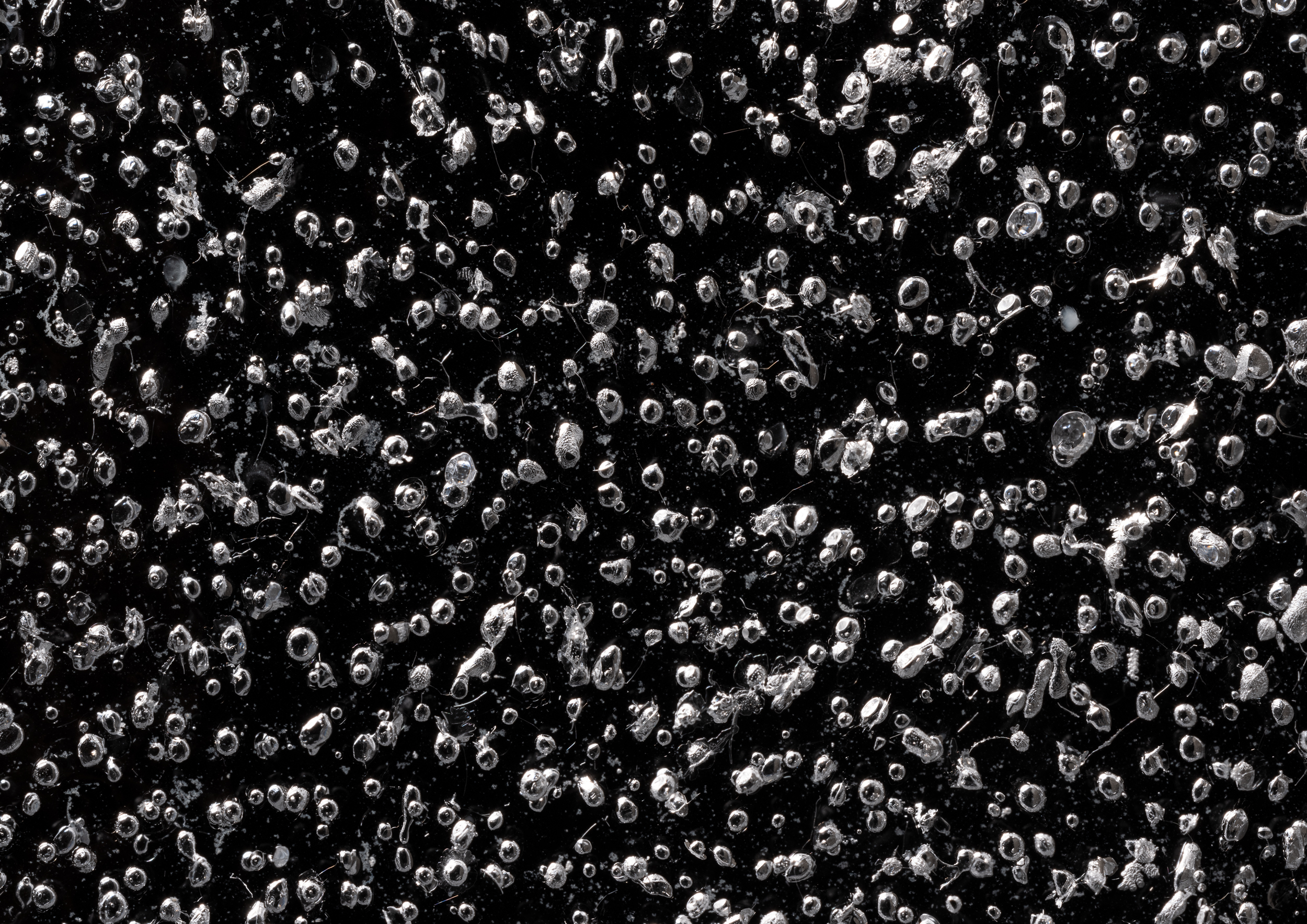
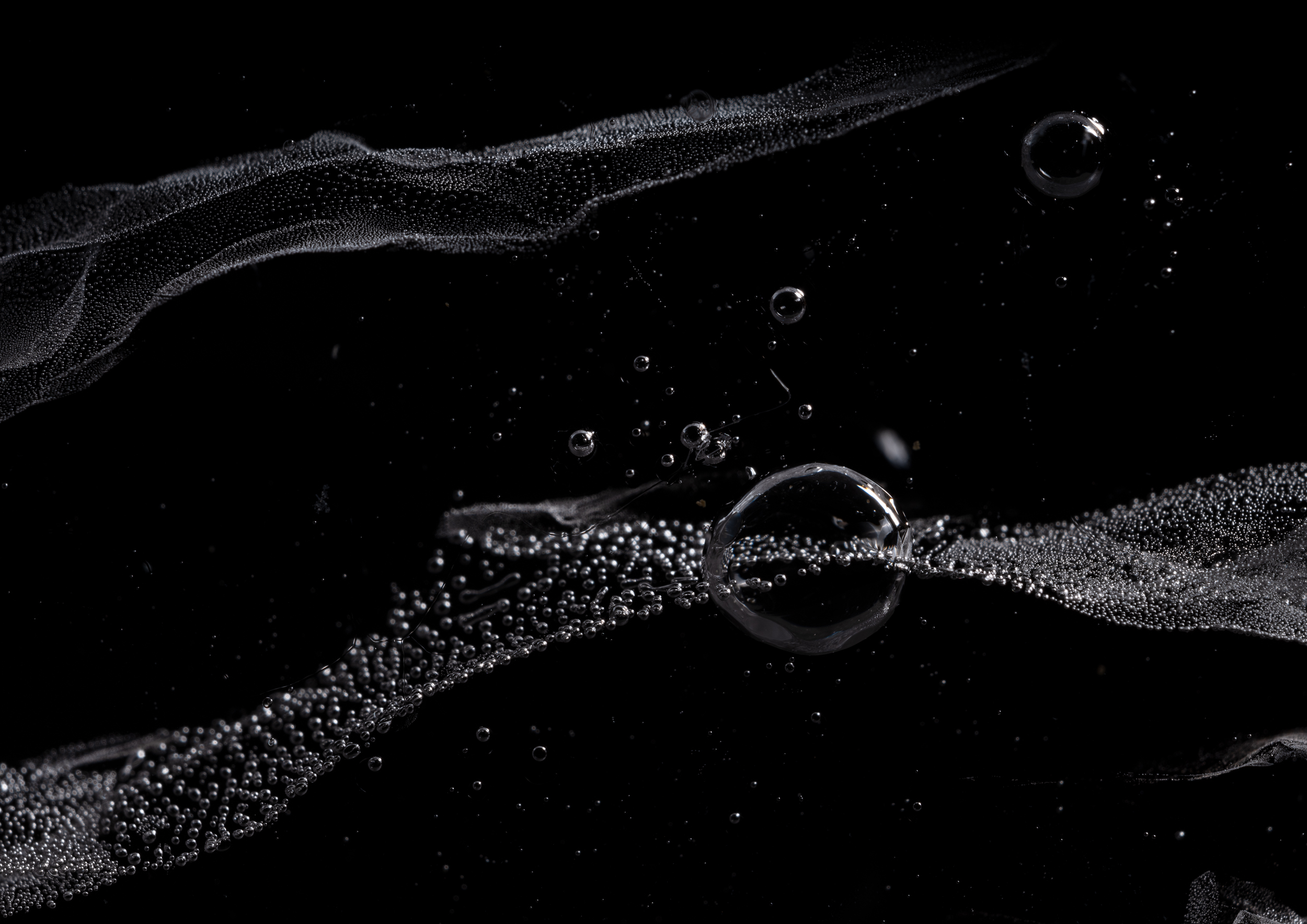

Ice cores, Greenland & Antarctica
Approx. 20,000 years old
Climate Archive - Publication
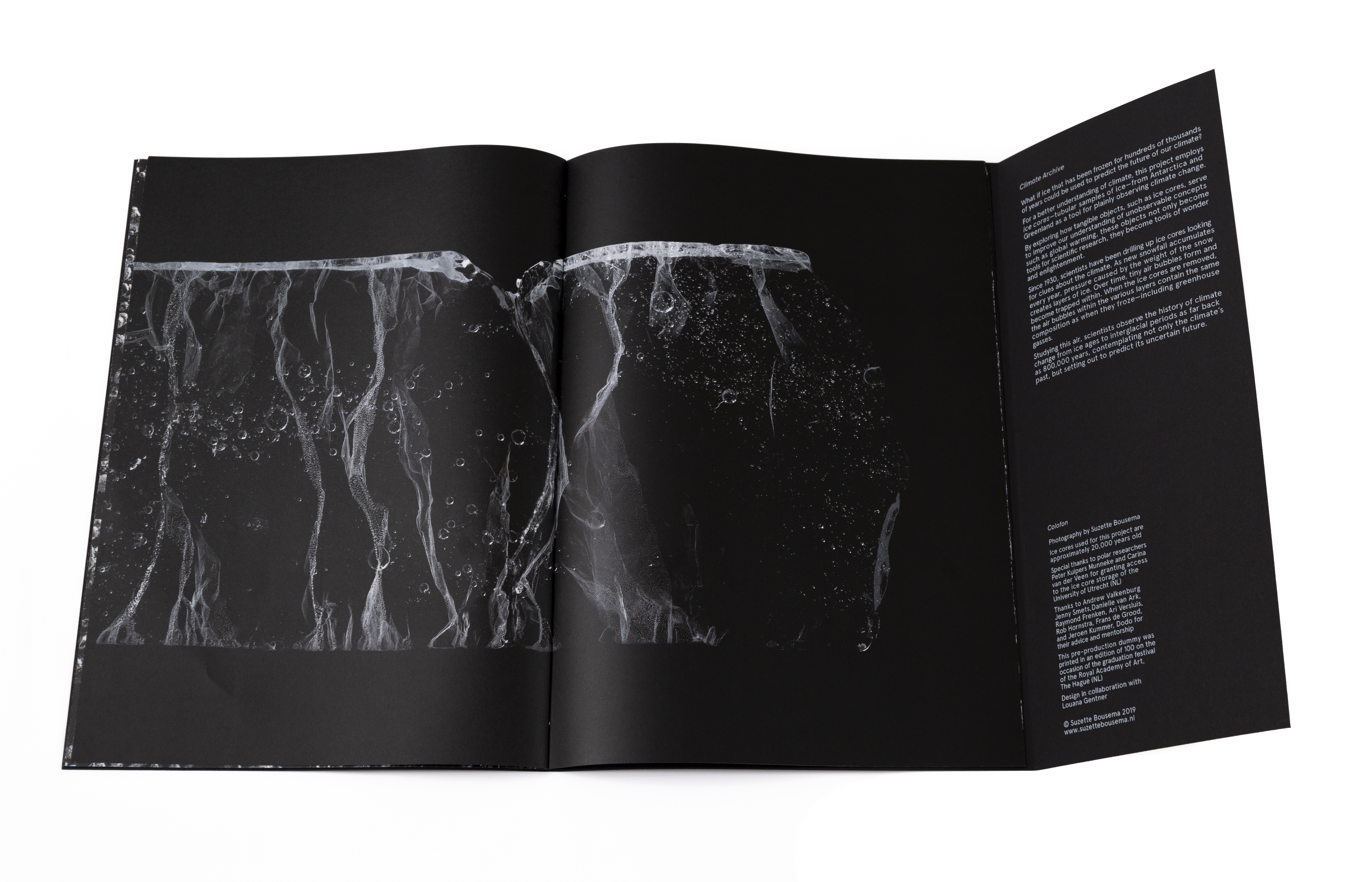
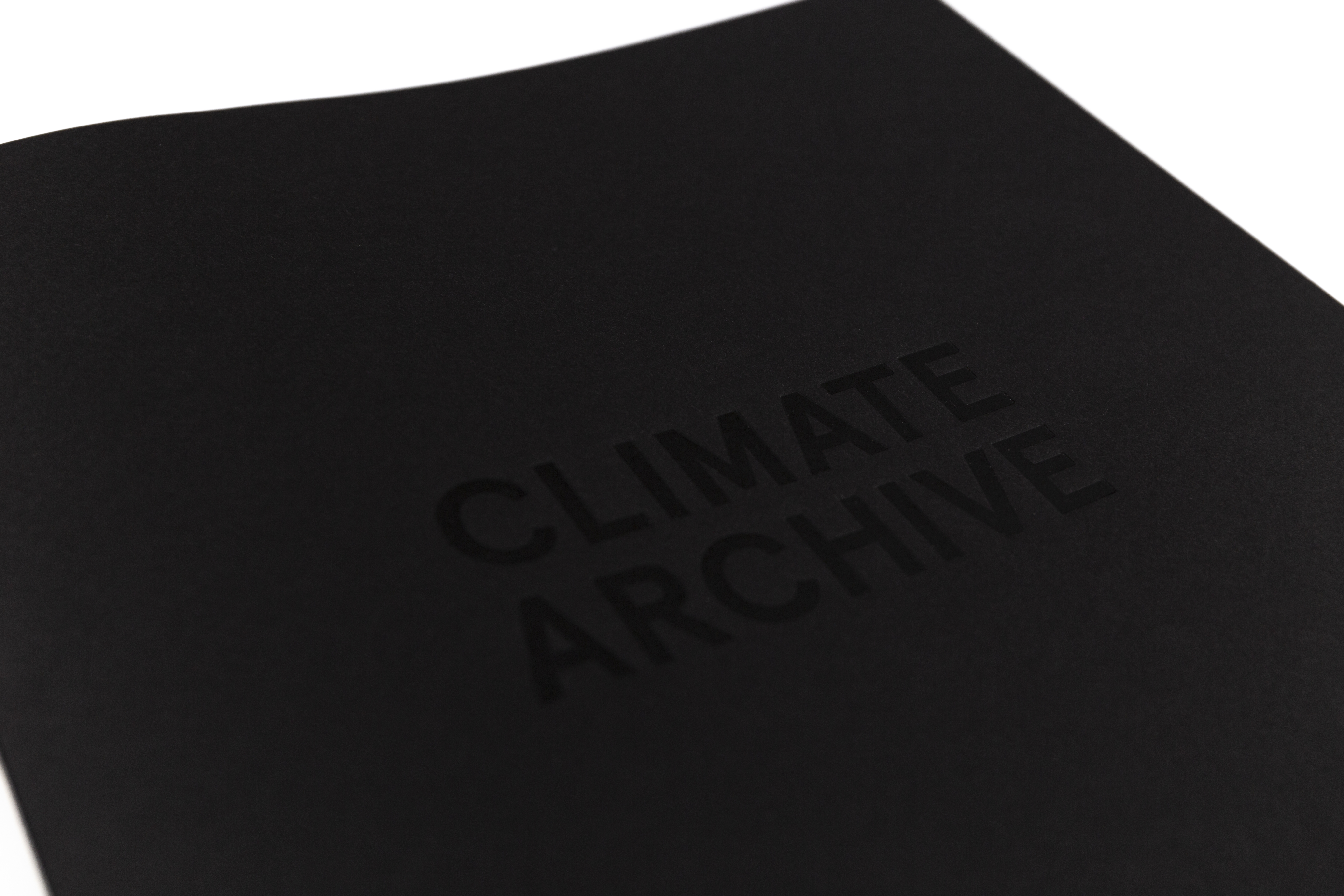
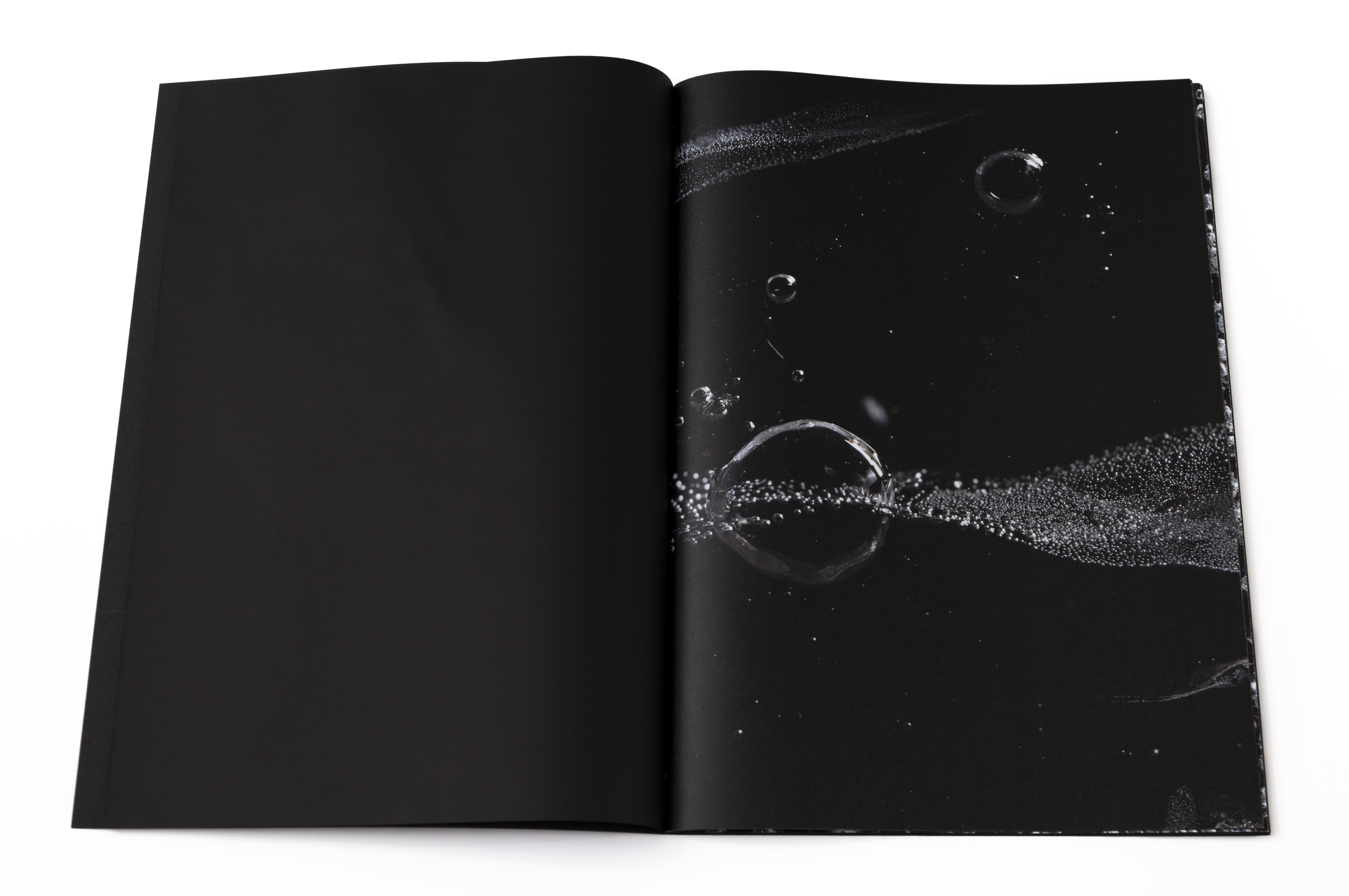
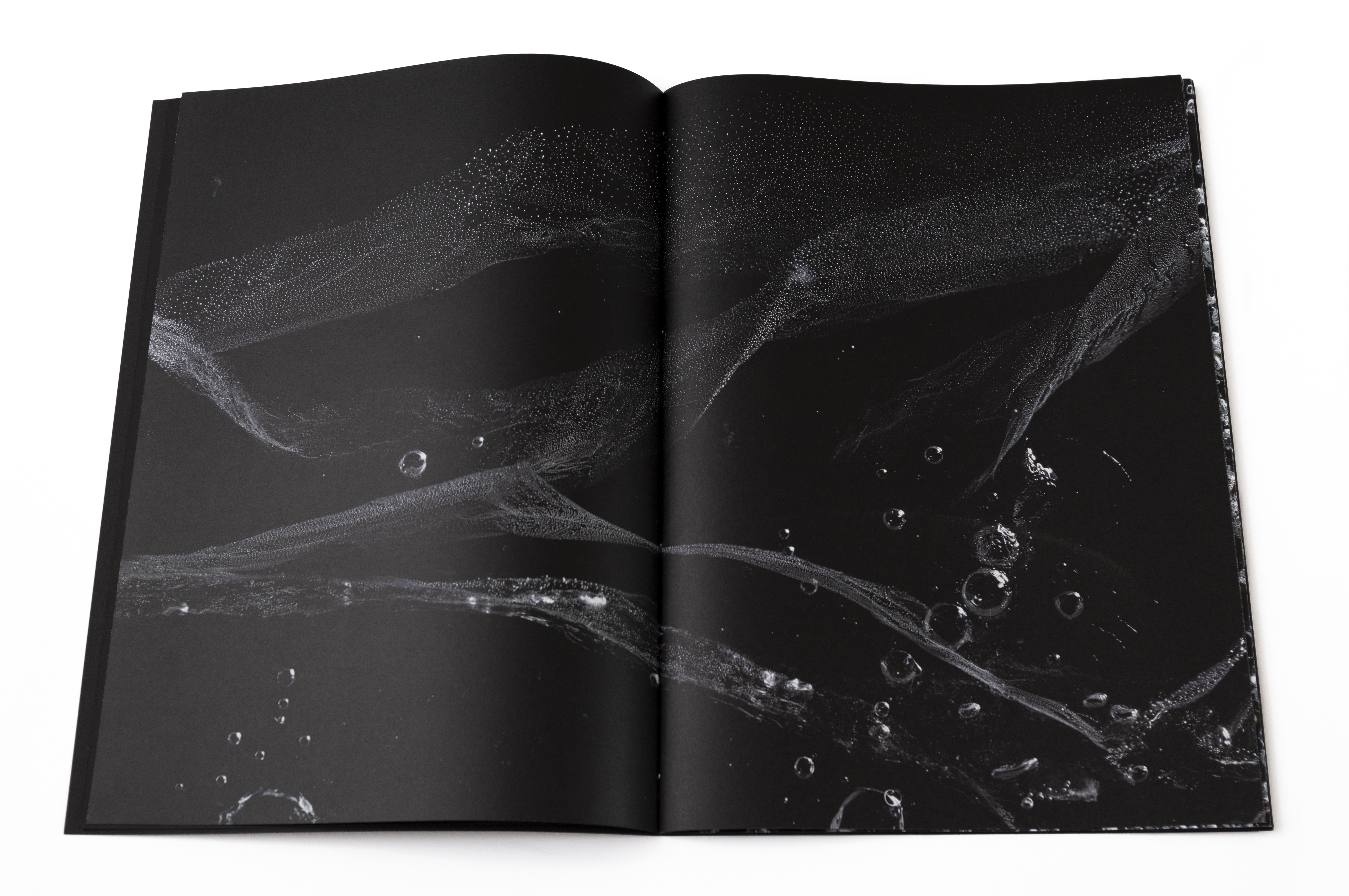
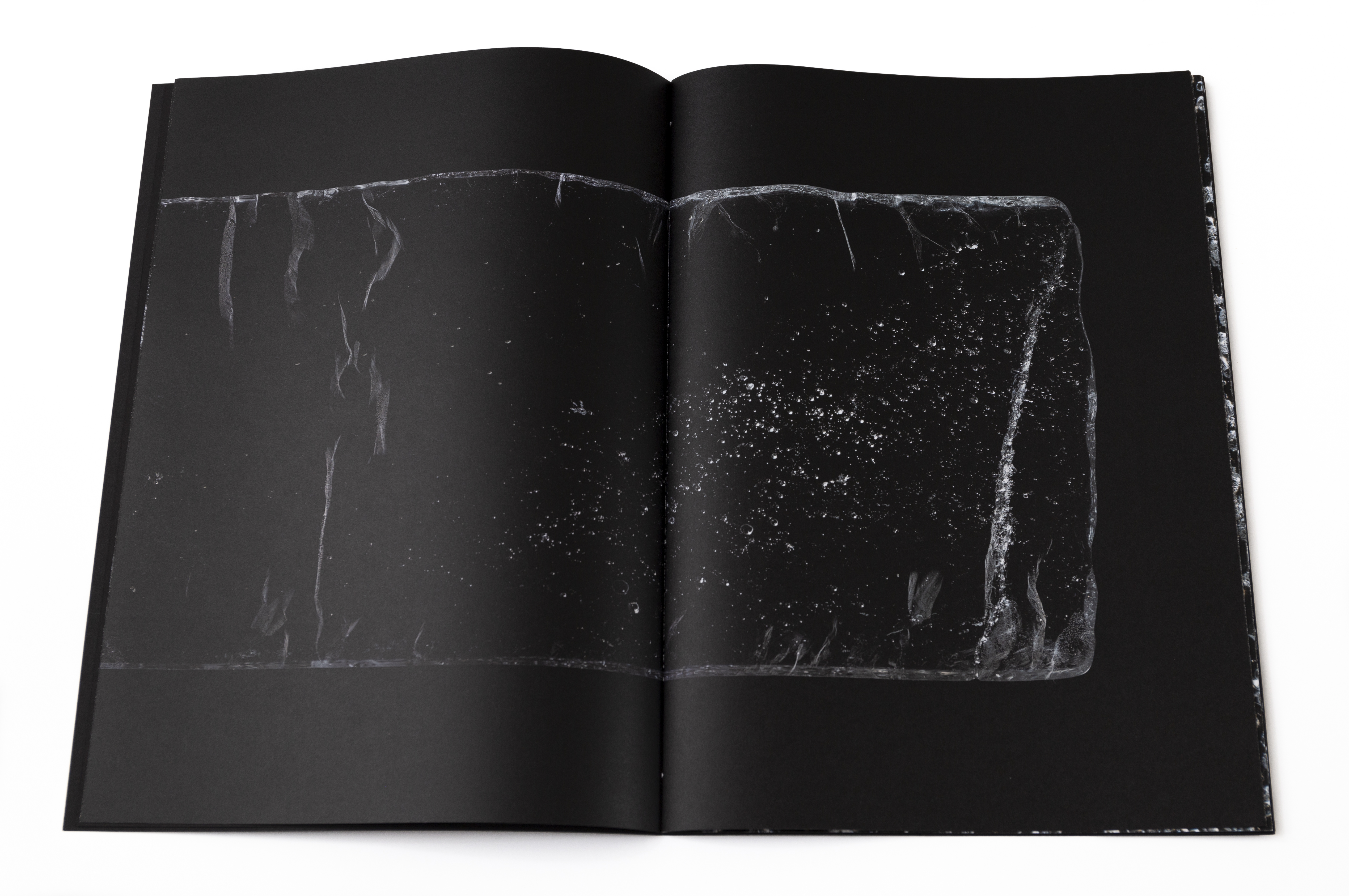
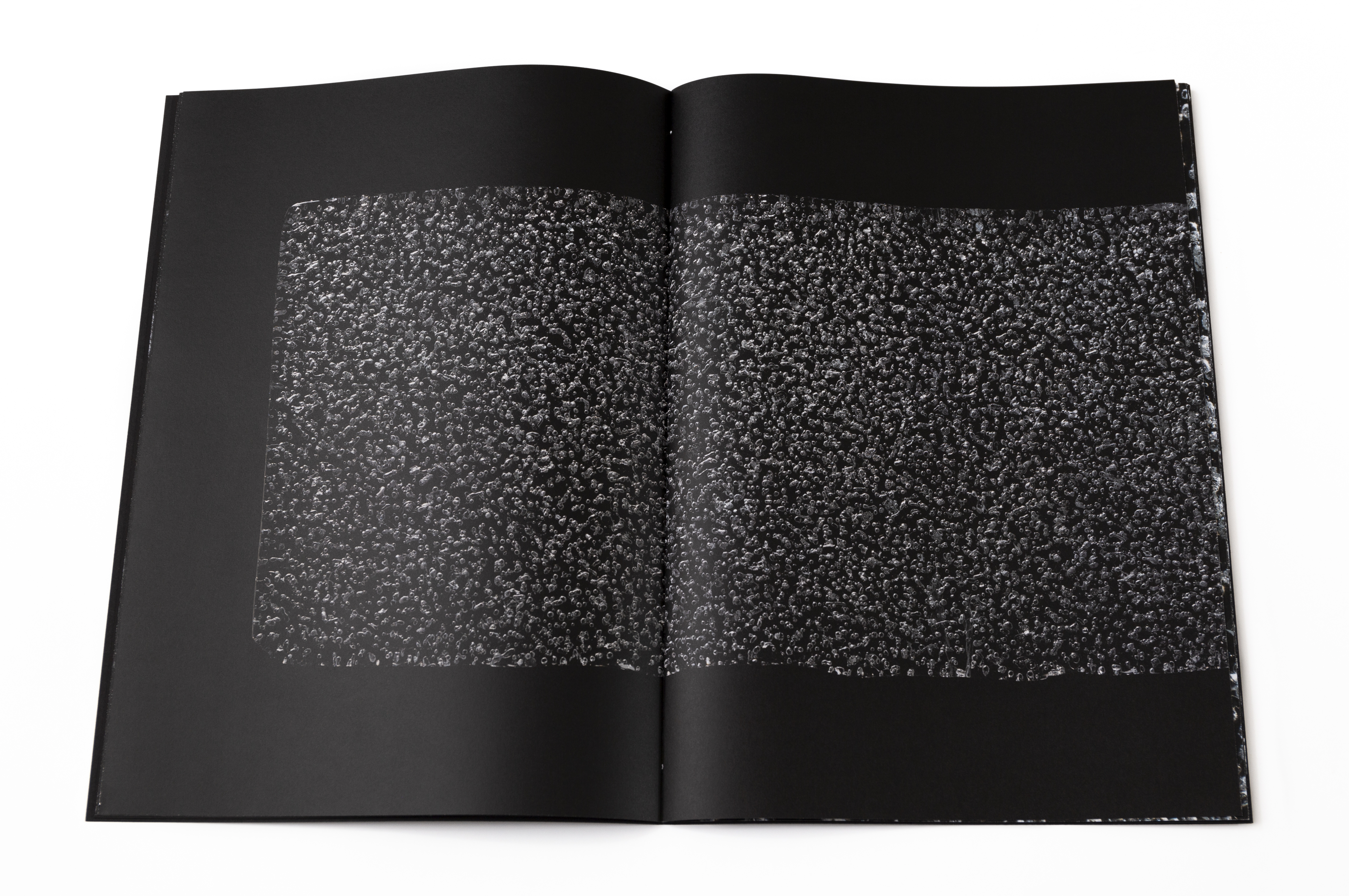
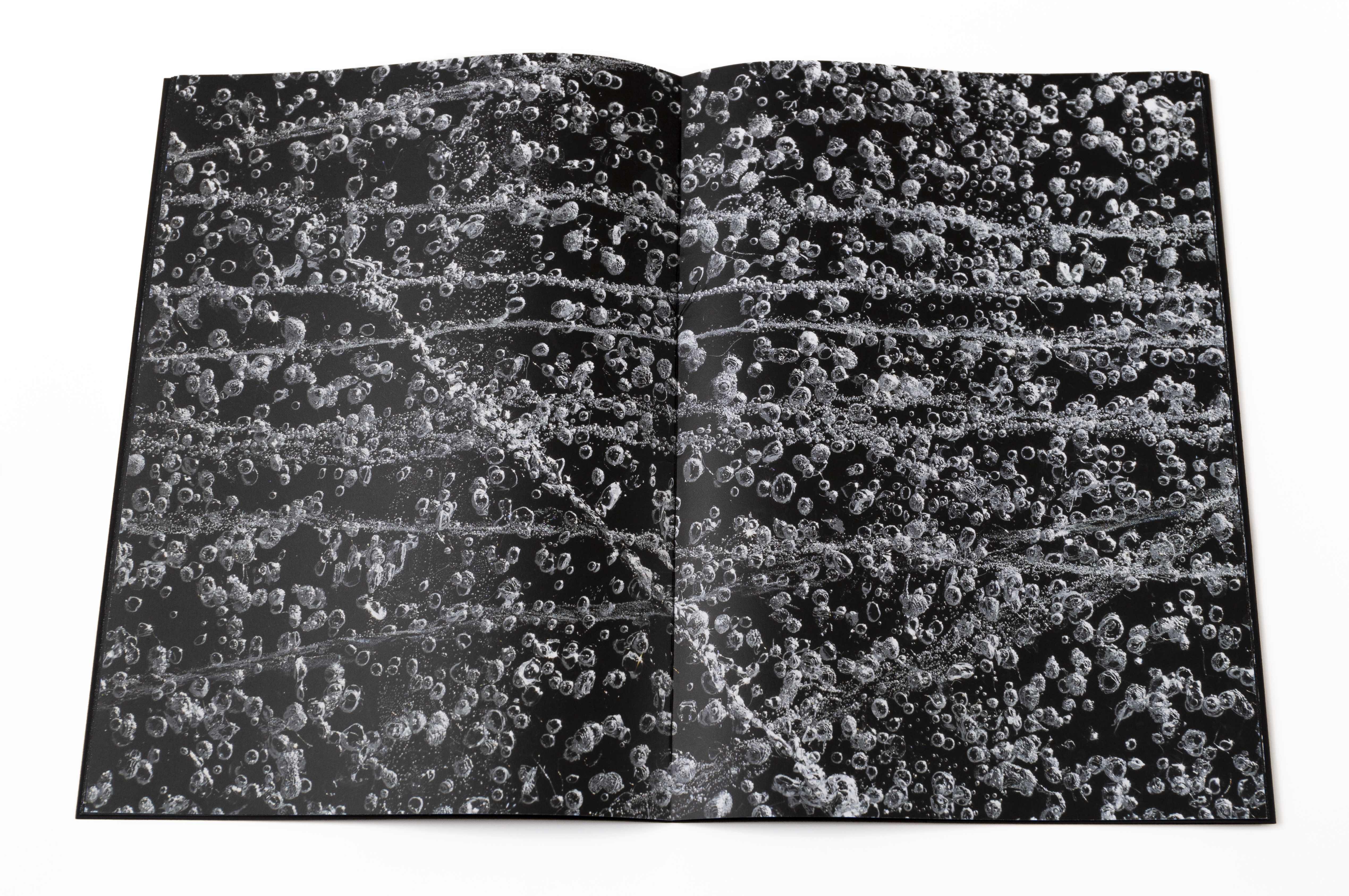
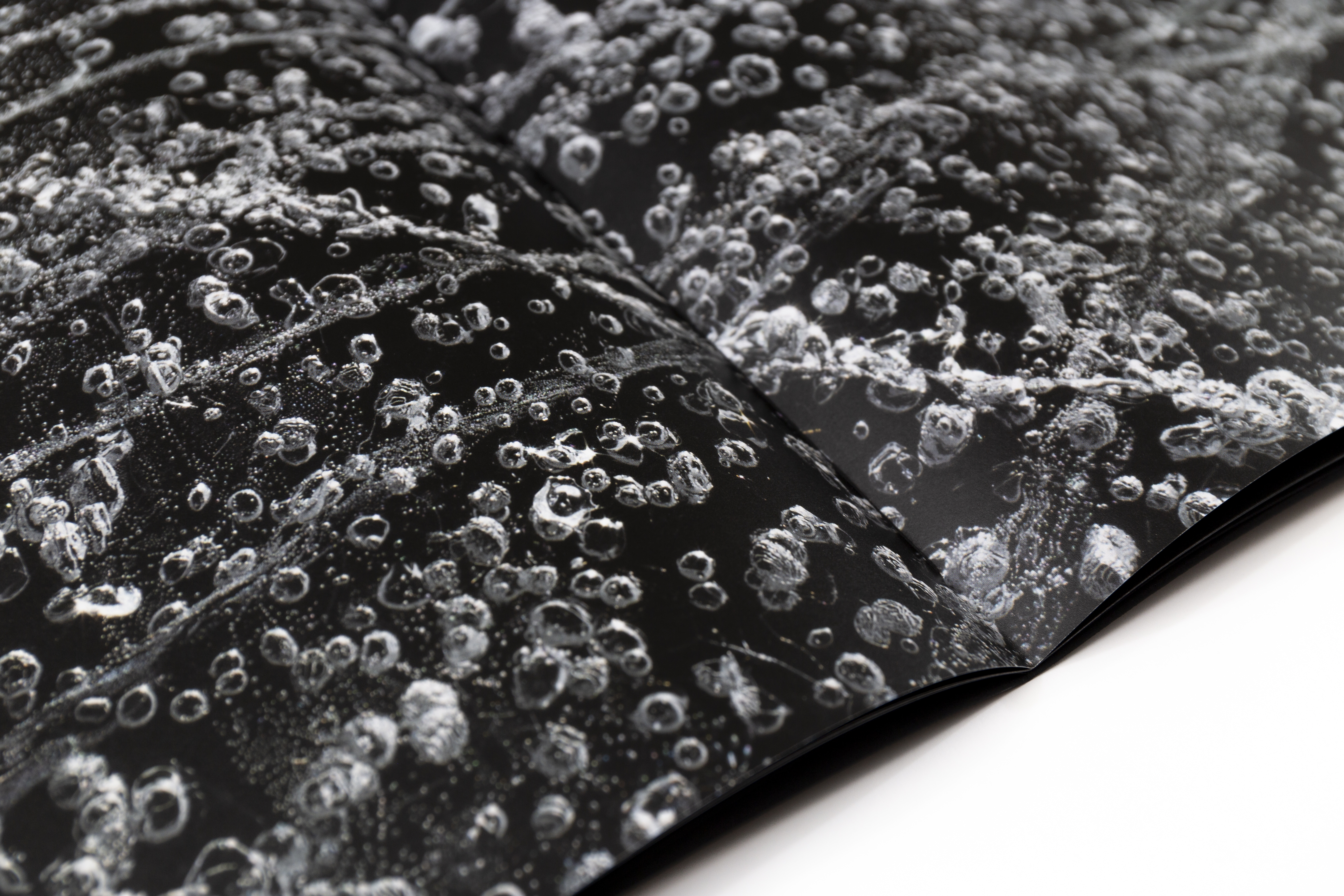


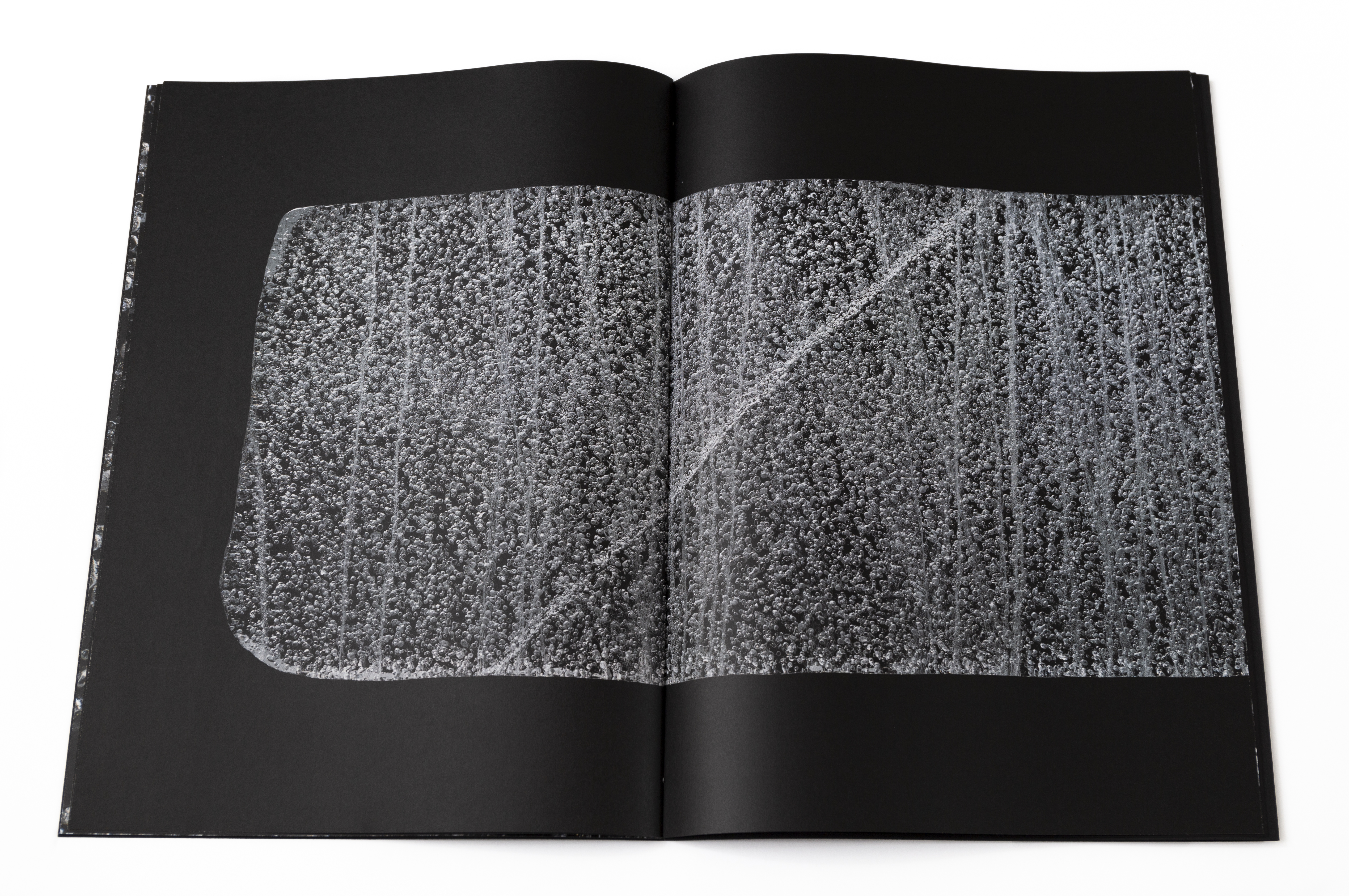
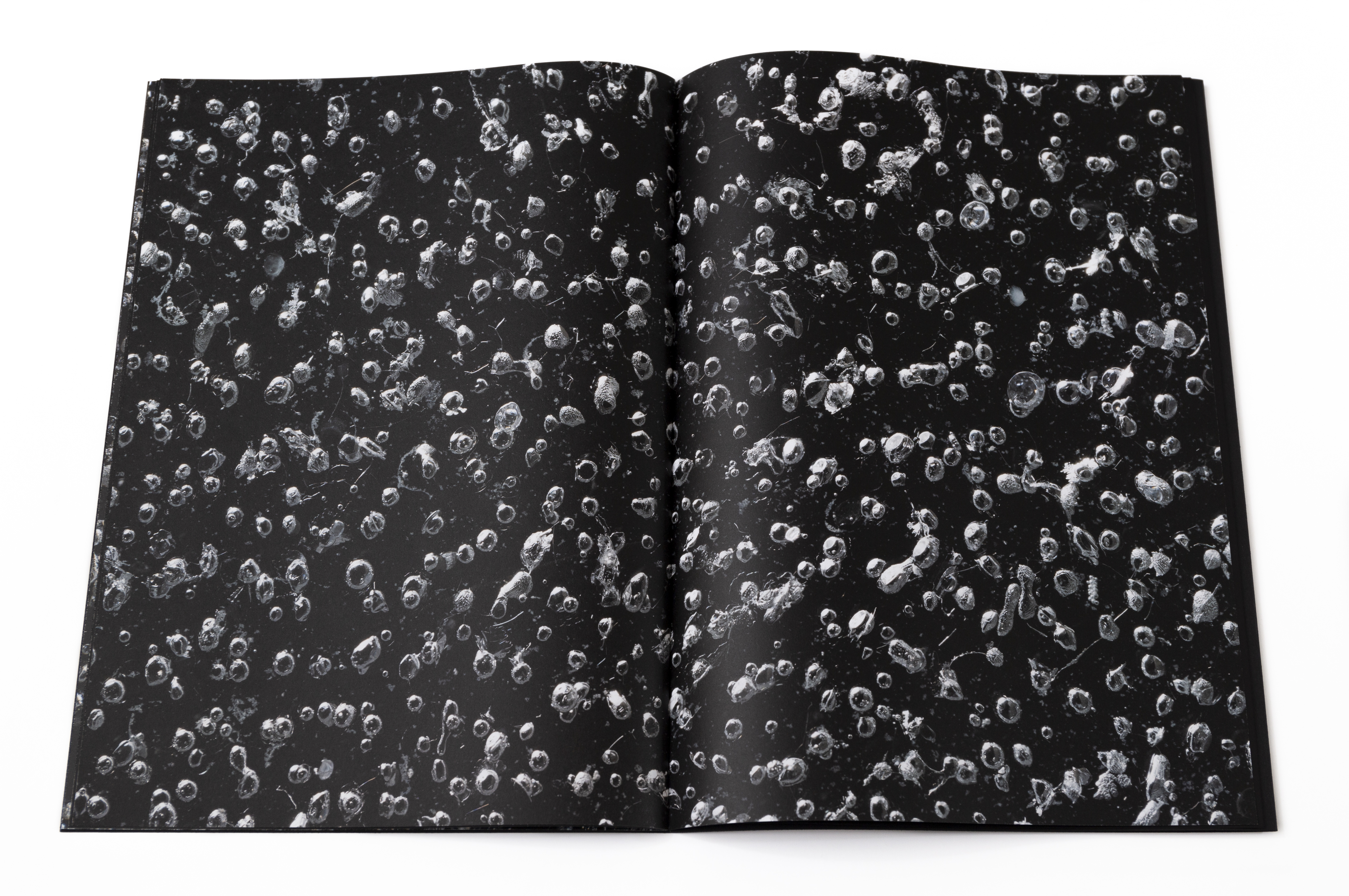
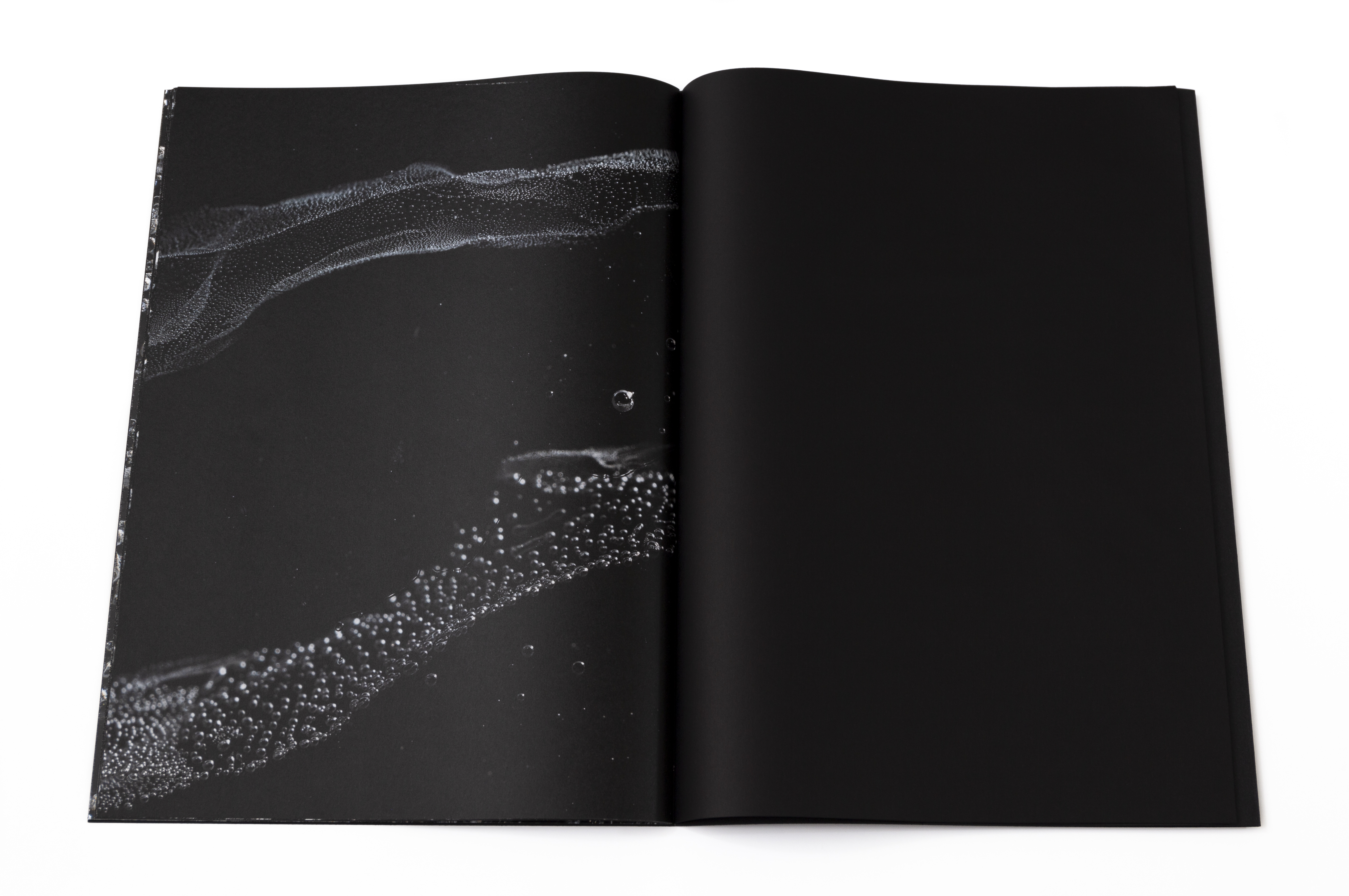

Publication ‘Climate Archive’, printed in an edition of 100.
Handmade embossed cover and silcsreened text, selfbound.
